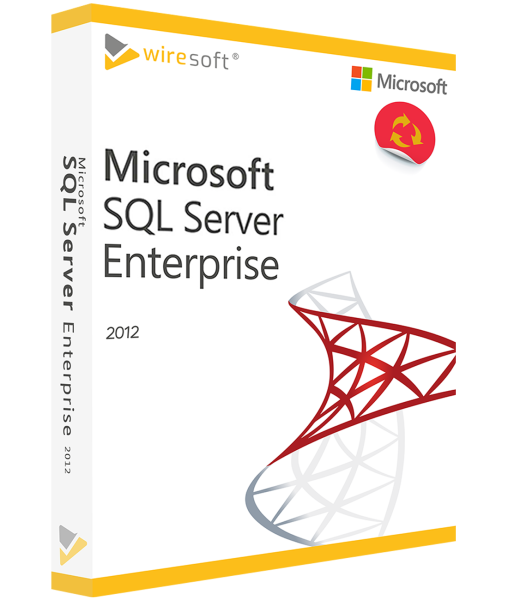

The more expensive Enterprise can act as the management server (Utility Control Point) for up to 25 instances. The only hint is the SQL 2008 R2 edition comparison page, which notes that Datacenter Edition (more on that in a second) is licensed for “memory limits up to OS maximum.” If that wasn’t a unique selling point, it shouldn’t be included in the feature list. SQL 2008 R2 Enterprise Edition is capped at 8 CPU sockets, and there’s a memory cap as well, but I haven’t been able to track down a public page showing the cap.

The current SQL 2008 comparison page shows that Enterprise has no licensing limit on memory or the number of CPU sockets. Makes sense.Ī little less easy to stomach, however, is a new set of caps on Enterprise Edition. This isn’t a common need for OLTP systems, so it’s only included in Enterprise, not Standard. MDS helps make sure data follows business rules. It’s targeted at enterprises with data warehouses that need to manage incoming data from lots of different sources, and that data isn’t always clean or correct. SQL 2008 R2’s BI tools include a new Master Data Services tool. In Enterprise, Microsoft giveth and Microsoft taketh away. It’s good to see that Microsoft recognizes all servers need to be managed, not just the expensive ones. It can’t be the management server itself – it can’t be a Utility Control Point – but at least we can manage Standard. In addition, Standard can now be a managed instance – it can be managed by some of the slick multi-server-management tools coming down the pike like the Utility Control Point ( read my SQL 2008 R2 Utility review). That’s a game-changer, and I’d expect to see smaller companies that do backup compression – and nothing else – to start falling by the wayside. In SQL 2008 R2, even Standard Edition gets backup compression.
#MICROSOFT SQL SERVER 2012 ENTERPRISE EDITION PRICE SOFTWARE#
If all a DBA needed was compression, they could buy backup compression software much cheaper than the price of Enterprise Edition. Companies had to need Enterprise for multiple features in order to stomach the price. At the time, Enterprise Edition cost around $20,000 more per processor than Standard Edition, so companies couldn’t justify upgrading to Enterprise Edition just to get backup compression. SQL Server 2008 introduced backup compression, but it was only available in Enterprise Edition. Standard Edition: Now with Backup Compression At #SQLPASS this week, Microsoft unveiled a couple of new editions that got a lot of attention, but there’s some really interesting things going on if you dig a little deeper.


 0 kommentar(er)
0 kommentar(er)
